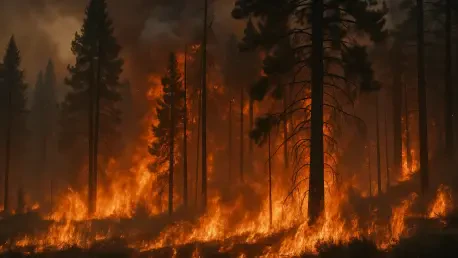As the fire season intensifies across many regions, the pervasive threat of smoke from wildfires casts a shadow over communities, bringing with it a host of health challenges that demand attention. The air, thick with pollutants, transforms from a life-sustaining resource into a silent hazard, impacting everyone from young children to those with chronic conditions. Poor air quality during these periods isn’t just an inconvenience; it’s a public health crisis that can exacerbate respiratory and cardiovascular issues, often with severe consequences. The invisible particles in wildfire smoke penetrate deep into the lungs, triggering symptoms that range from mild irritation to life-threatening emergencies. Understanding these risks is crucial, especially for vulnerable populations who may not always recognize the danger until it’s too late. This pressing issue underscores the need for heightened awareness and proactive steps to mitigate exposure when the skies darken with smoke.
Understanding Air Quality and Protective Measures
Monitoring air quality becomes a lifeline during fire season, with tools like the Air Quality Index (AQI) providing critical information to guide daily decisions. The AQI, a color-coded scale ranging from 0 to 500, measures pollutant levels and translates them into actionable health warnings, helping individuals gauge when outdoor activities should be curtailed. For those with conditions like asthma or heart disease, an AQI above 100 signals a need to limit exertion, while even moderate levels between 51 and 100 can affect the unusually sensitive. Children, breathing at higher rates, face unique risks and often struggle to articulate respiratory distress, leading to increased medical interventions. Practical strategies include staying indoors on high AQI days and minimizing physical activity to reduce inhalation of harmful particles. Balancing the benefits of avoiding exposure against the drawbacks of reduced exercise requires a tailored approach, ensuring that health remains the priority during these hazardous times. Staying informed through regular AQI checks has proven to be an essential habit in past fire seasons, offering a clear path to safeguarding well-being.









